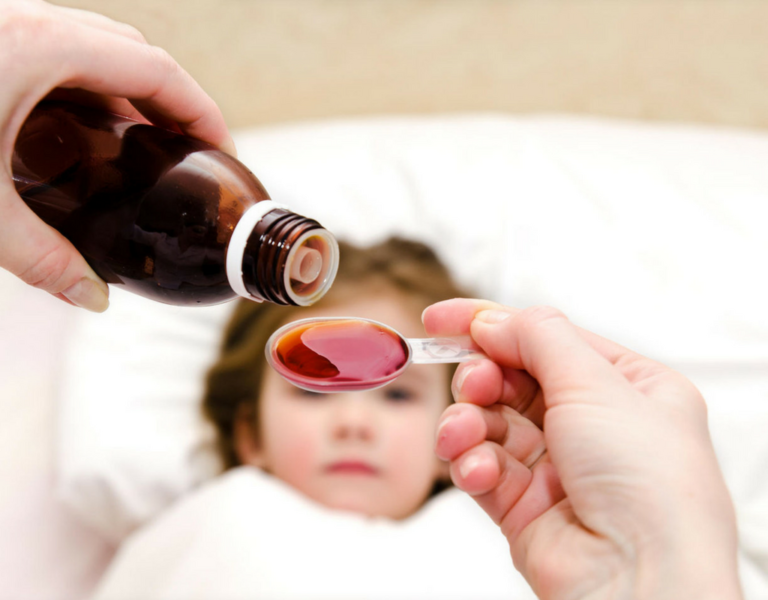February is American Heart Month, National Children’s Dental Month and, thanks to Valentine’s Day, it’s also one of the highest months of sugar consumption each year. The average adult American eats about 17 teaspoons of added sugar a day, which is nearly double the recommended limit for men and triple the recommended limit for women. The average American child consumes a whopping 19 teaspoons of added sugar a day! For children, the limit should be about three teaspoons of added sugar and no more than six, depending on age and caloric needs.
Consuming high levels of added sugar is dangerous for children. It puts kids at risk for obesity, heart disease, high cholesterol, high blood pressure, type 2 diabetes and fatty liver disease, among other health problems, according to the American Academy of Pediatrics (AAP). And though sugar doesn’t directly harm teeth, it does fuel the two big culprits of tooth decay: bacteria and acids. Bacteria feed on the sugar and build plaque. The plaque keeps bacteria on the teeth longer, until they eventually make acids which wear down the tooth enamel and cause cavities. The bacteria in the plaque that forms near the gums also produces toxic products that enter the gum tissues, causing gingivitis. If untreated, gingivitis may become periodontitis, a more serious disease where there is bone and tissue loss around the teeth.
So what are the main offenders in a child’s diet? A survey commissioned by the CDC found that there are five categories of food and drinks from which children are getting excessive amounts of sugar each day:
-
Non-juice drinks, such as soda, and sports/energy drinks
-
Fruit drinks (including 100% fruit juice)
-
Grain-based sweets like snack cakes and cookies
-
Dairy desserts, such as puddings
-
Candy
Most families will benefit from reducing added sugar in their diet. Here are some simple ways to do so:
-
Eat more fruits and veggies. Whole fruit and vegetables are not only great sources of vitamins and minerals, but they also contain a lot of water and fiber, which helps kids feel full. Children and adults should eat 5-9 servings of produce per day. Check out the American Heart Association’s Fruit and Veggie Toolkit for Kids, which has heart-healthy information, recipes, and activities to help families increase their produce consumption.
-
Skip the sugary drinks. Sport/energy drinks, sodas, lemonade, fruit punch and many fruit juices contain added sugar. Even juice that doesn’t have added sugar loses its fiber in the juicing process, making it easier for kids to overindulge. The average 12 oz glass of *unsweetened* apple juice contains the same amount of sugar as a can of cola! Serve water or milk in place of sugary drinks, and satisfy a sweet tooth with whole fruit instead.
-
Ditch processed foods. Added sugar is lurking in many processed foods, including pasta sauces, granola bars, breakfast cereal, yogurt, instant oatmeal, salad dressings, ketchup, and even packaged/dried fruits. Read labels, paying attention to serving size, total amount of sugar, and the list of ingredients. Products with added sugar will contain glucose, fructose, sucrose, dextrose, corn syrup, honey, evaporated cane juice, molasses, and/or fruit juice concentrates. Minimize or remove these from your shopping list and replace them with more foods in their natural states.
-
Get cooking. Restaurants, especially those serving fast food, add sugar, fat and salt to enhance the taste of the foods on their menu. But more sugar doesn’t necessarily mean more flavor. By cooking more at home, you have control over the amount of sugar in every meal. Here are some tips for reducing sugar in the kitchen.
For other healthy eating tips, check out our blog post: Nutrition in November.





